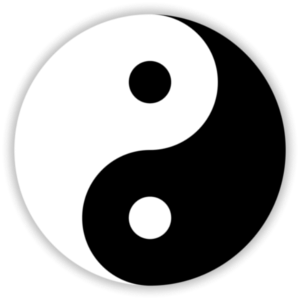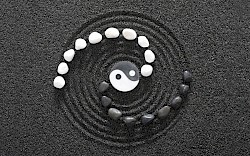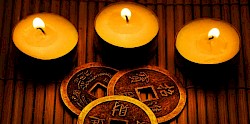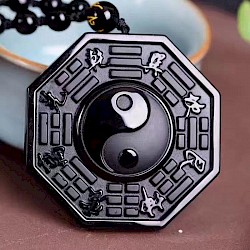Yin & Yang: Fundamental principles
What are the basics of the I Ching?
We commented in the introduction that the Book of Changes is composed of 64 main images or messages. Hexagram means six strokes. When looking at the list of hexagrams we see that they consist of six lines that can be continuous or cut, and that are combined in different ways. Each of these lines is representing one of two forms or qualities of energy:

Taijitu symbol, with which is usually represented the foundation of Yin-Yang and its qualities
I Ching starts from the principle that all manifestation is the cause of the interaction of two fundamental primary energies or dispositions: Yang and Yin.
Yang: is creative energy, driving, generating, positive, strong, warm, solar, paternal. Attributes traditionally associated with masculine energy. Equivalent to the continuous line.
Yin: it is receptive, expressive, malleable, negative, soft, cold, lunar, maternal. Attributes traditionally associated with feminine energy. Equivalent to the interrupted line.
The second principle that will help us understand combinations of lines is the observation that energy expands from an internal origin to an external manifestation. In the same way that a stone falling into the water generates waves that expand gradually. This is represented by the addition of lines to the bottom of a stack of lines.
So when we get to a stack of 3 lines we get the Trigrams. The possible combinations are eight. Each has a name and certain associated qualities. For example, the always stable energy, Yang, creative, is called Heaven. The always stable energy Yin, receptive, is Earth.
When the initial impulse is soft, Yin, but then for two consecutive times the strength Yang is shown, that gives the trigram Lake. The lake has the characteristic of being kind, because on the outside it is soft and malleable, but inside its will is strong and paternal.
The other trigrams are then combined in all their forms to obtain the 64 Hexagrams.








